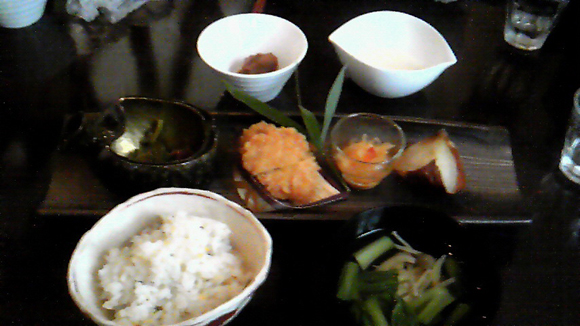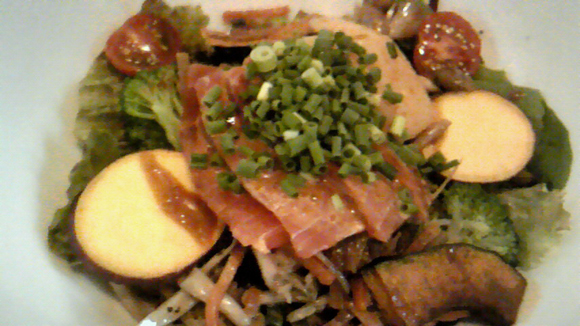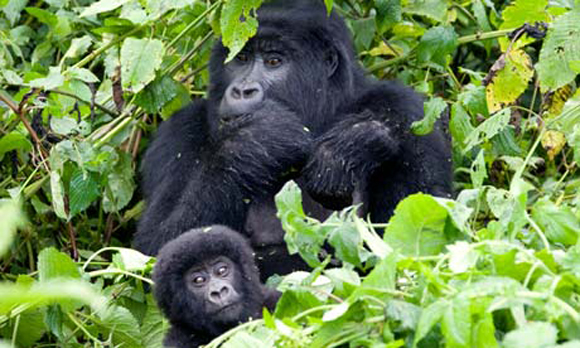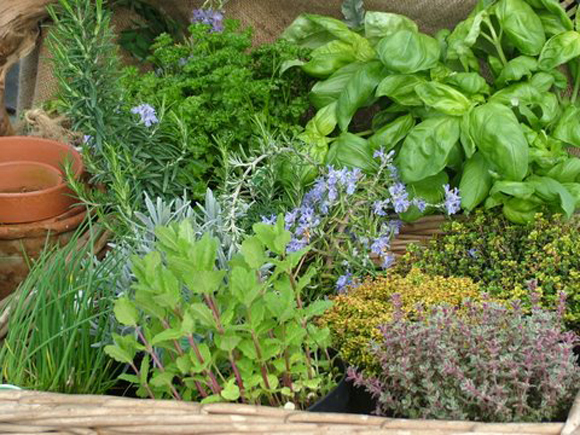I spent three delicious weeks in Japan this August. Three meals in particular remain with me which I’ll try to conjure up for you:
First Bite
We had spent the morning weeding and strimming at a family holiday house on Akagi Mountain, in Gunma Prefecture. It was 3.30pm by the time we finally made it back to town and we were hungry. Lunch was in a tiny, family-run restaurant in the town of Maebashi. When I say tiny, I mean a handful of tightly-packed wooden tables, each of which could seat four people comfortably, six at a push. And I gather it is a push, every day, at noon, when office-workers stream out of neighbouring work-places and into ‘Rai Rai Ken’ (‘Come! Come! Shop’). The walls proudly bear photos of the current owner’s ancestors making noodles, alongside certificates that I presumed to be prizes or accreditations or some such recognition of noodle-making excellence. For they were exquisite, those noodles. I went for the plainest option: soba noodles in a cold broth (dashi), with a few simple condiments on top. The dashi summoned up timeless memories of sea (from the kombu seaweed) and earth (from the shiitake mushrooms). The noodles were the crowning glory of contemporary man – succulent, velveteen and yet (how is it possible?) almost crunchy! The modest sprinkle of nori and grated daikon radish somehow wedded soba and dashi, man and nature, present and past. I was worried I might never dare to eat soba again.
Second Bite
In a suburb to the west of Tokyo I was treated to a medley of dishes, each distinctly different, but united by a shared origin. It was a ‘tofuryouri’, a restaurant celebrating the humble bean at the heart of Japanese cuisine. (Think tofu, shoyu, tamari, yuba, natto, miso, kinako; flavours so distinct, but each a unique expression of one and the same bean). What first comes to mind from that night was the yuba. I had only ever eaten freeze-dried rehydrogenated yuba. But the yuba at ‘Ume no Hana’ (‘Plum Flower) Restaurant was home-made by boiling tonyu (soya milk) until the yuba appears on the surface: a thick silky layer of pure protein. It was served in fat ribbons floating in a creamy soup, presumably a spiced-up variant of the milk from which it came. Then there were the deep fried, golden chunks of Koyadohu, crispy and sweet, messengers of the sun in which they were dried on the sacred slopes of Mount Koya. And how about the fragrantly-flavoured black and white cubes of gomadohu: sesame-coated, for a bit of bite; inside, slippery smooth, barely there, gone before it even reached the back of the throat. And of course, the mother dish, that without which none of the rest would be possible: a platter of triumphant edamame beans: boiled, salted, eaten.

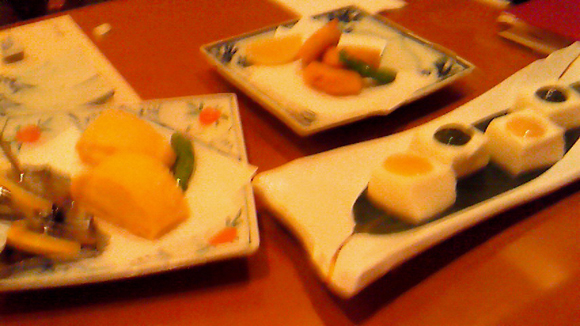
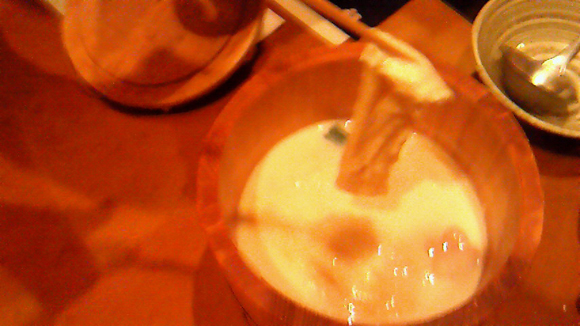
Third Bite
Saibashi is a restaurant in Takasaki City, whose every ingredient is organically grown within the Gunma region. The meat comes from Akagi Mountain, the vegetables from Mount Haruna, the cereals and grains from Myougi Mountain. The chef, I was tickled to hear, describes himself as a ‘vegetable sommelier.’ I had a delicious rice dish served in a donburi (rice bowl) containing no less than 25 different vegetables, topped with prawns and scallops. This came with miso soup, – perfectly traditional – and also with something rather surprising: a basket of utterly raw, elaborately chiselled vegetables such as shards of pumpkin and corn on the cob dissected into dainty rings. The basket was floating in ice water, and accompanied by two feistily-flavoured dips – one miso the other cheese. Dessert was ice-cream made from a shocking collaboration of banana, miso and pumpkin (yum!) and three cubes of gomadohu (sesame tofu).
